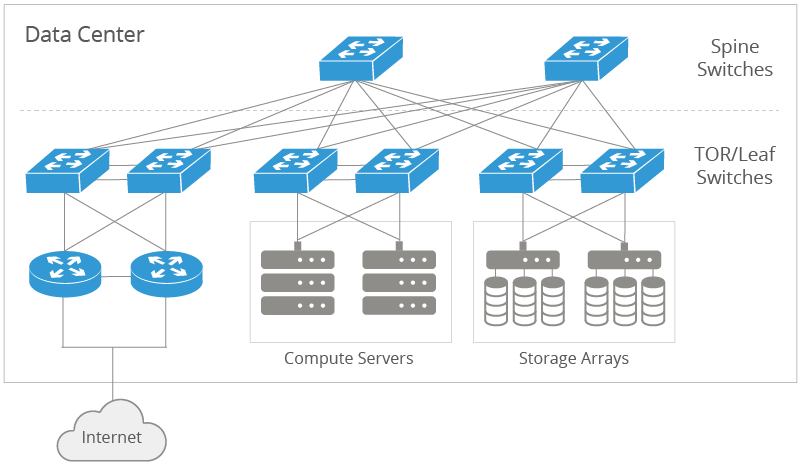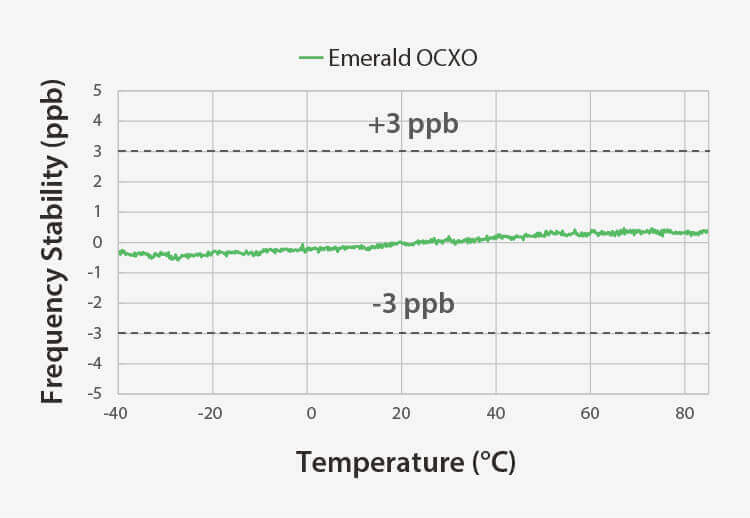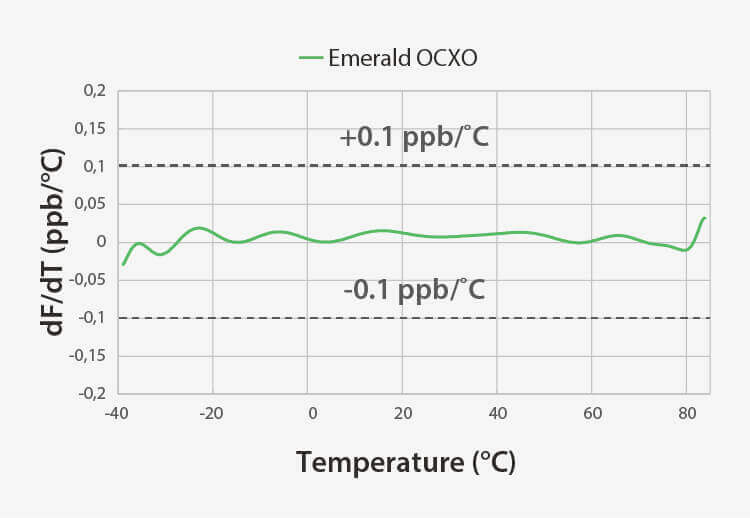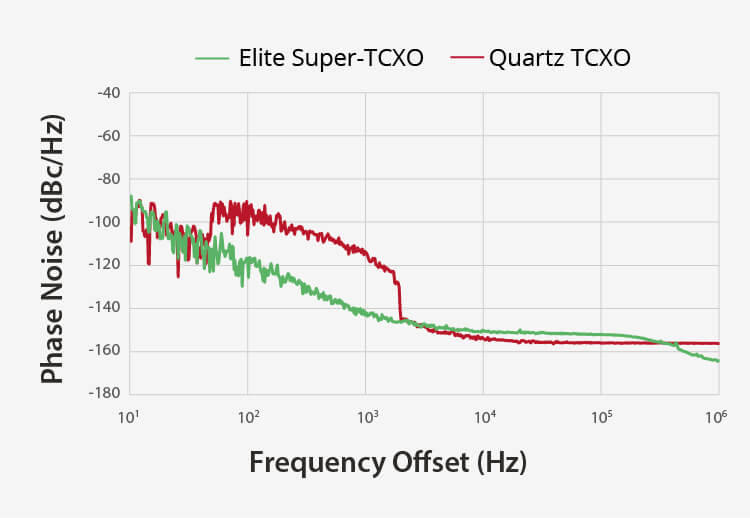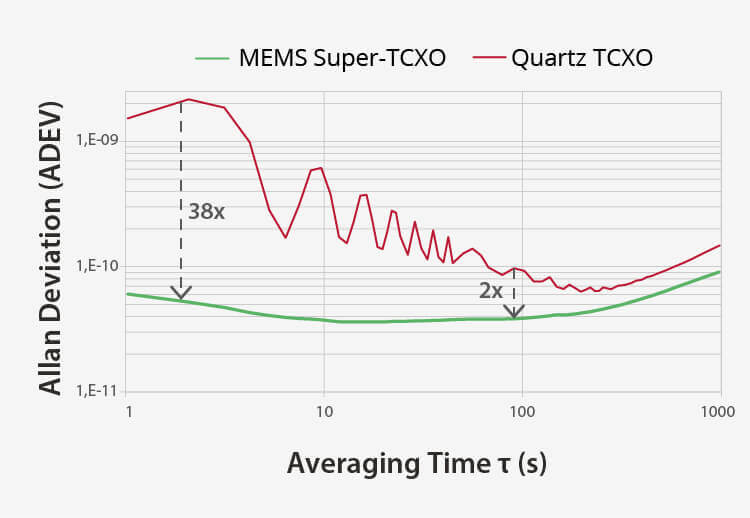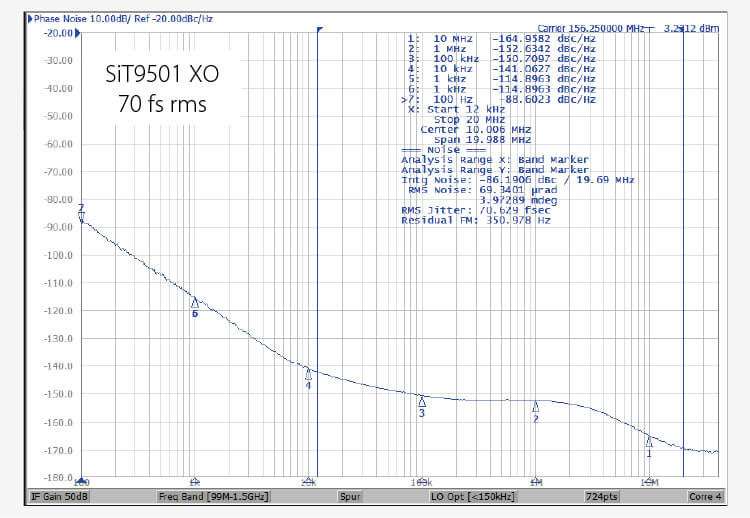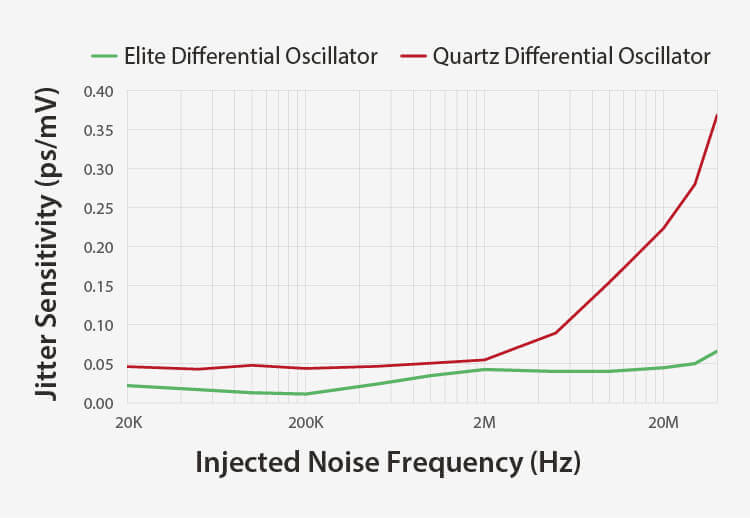MEMS Timing Solutions
| Devices | Function | Key Features |
|---|---|---|
|
Super-TCXO
SiT535x 1 to 220 MHz
|
Reference clock for jitter cleaner and IEEE1588 | ±100 ppb, ±1 ppb/°C 105°C |
|
OCXO
SiT57xx 1 to 60 MHz
|
Reference clock for jitter cleaner and IEEE1588 | ±5 ppb, ±0.04 ppb/°C |
|
Clock Generator
SiT9514x 8 kHz to 2.1 GHz
|
Ethernet | 4-in, 11-out, 4-PLL |
|
Network Synchronizer
SiT9514x 8 kHz to 2.1 GHz
|
Ethernet, processor | 4-in, 11-out, 4-PLL |
|
Differential XO
SiT9501 25 to 644.53125 MHz
SiT9375 25 to 644.53125 MHz
|
Ethernet, FPGA | 0.07 to 0.25 ps jitter, 105° |


